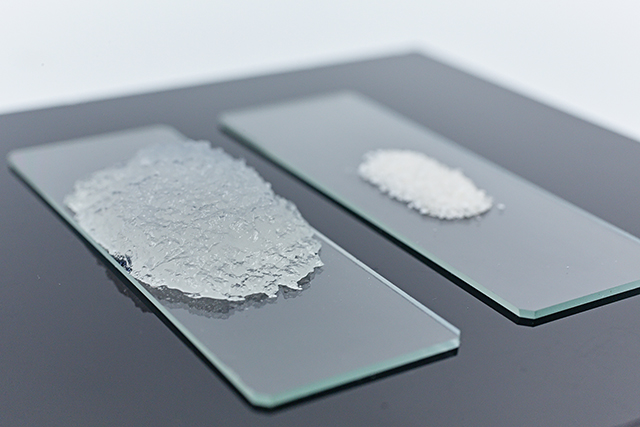Absorboost: Cellulosic water-retaining material as Agricultural Aid
Absorboost is a water-retaining material converted from cotton textile waste. It is developed using the Green Machine (hydrothermal treatment) to recycle cotton textile waste. While agriculture accounts for 70% of all freshwater withdrawals globally, Absorboost can retain soil moisture under extreme weather condition (e.g. drought and over-rain) with its huge absorbency, thus reducing water consumption in irrigation and benefitting cotton farming. Its water release and retention function can be reused on both sunny and rainy days.
The use of Absorboost in cotton plantation is a bio-friendly and close-the-loop attempt that contributes to a sustainable fashion industry. It is a response to the rapid growth of the world’s population coupled with the rapid changes in fashion trends are resulting in more and more textile waste.
A pilot scale system for larger amount production of Absorboost is conducted under the collaboration with Shahi, India's largest exporter of ready-made garments, and University of Agricultural Sciences Dharwad for upscaling the production of Absorboost to make it further affordable to farmers.
- A solution of water retention in soil for agriculture, particularly in cotton plantation due to its huge ability to absorb and retain water
- An eco-friendly alternative to petrochemical-based superabsorbent polymer
- Recycling textile waste and reducing environmental damage
- Recycling cotton and polyester blended-fibre fabrics, converting the cotton into cellulose powder and hence producing Absorboost
- Able to absorb more than 30 times the volume of liquid and retain more than 20 times the volume of liquid relative to its own mass
Get in touch with us
If you have any enquiries or comments, feel free to contact us!
* Mandatory fields
Thank you for reaching out.
We will be in touch soon.

